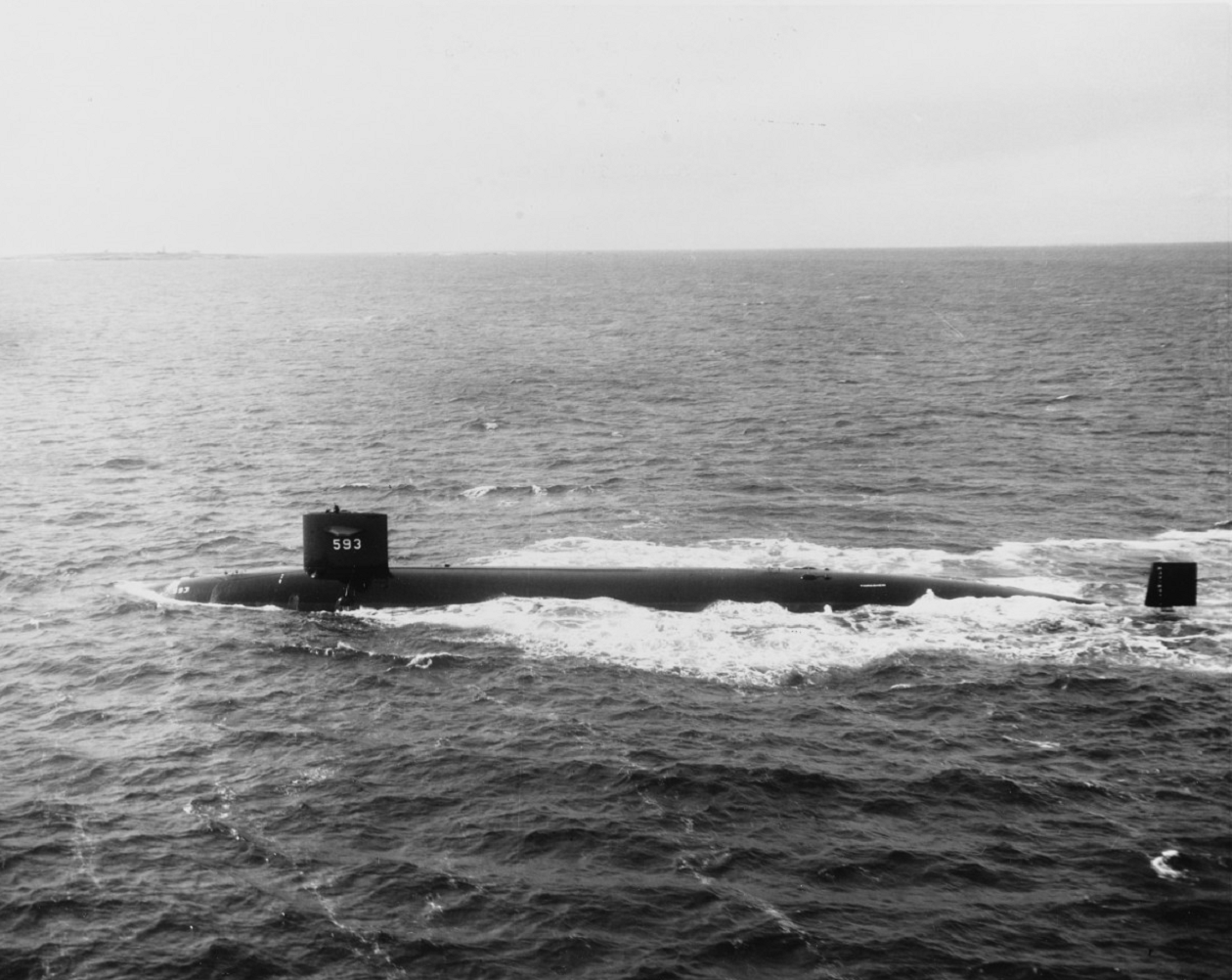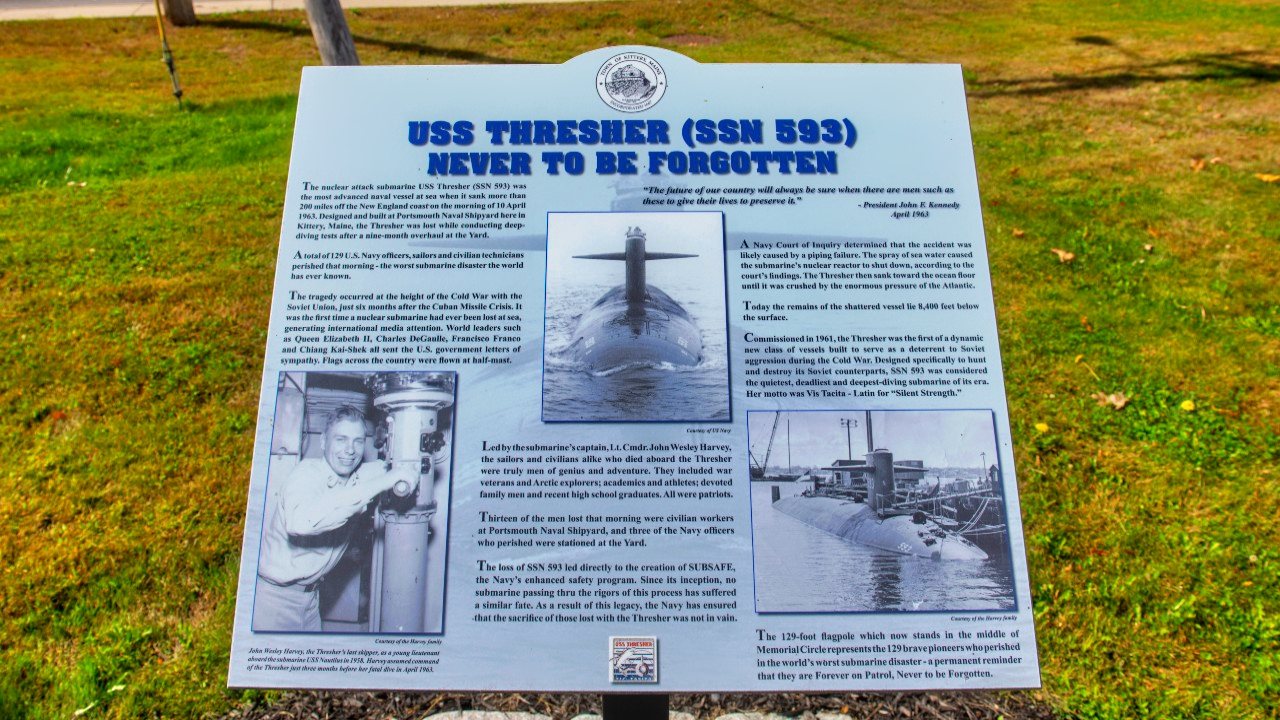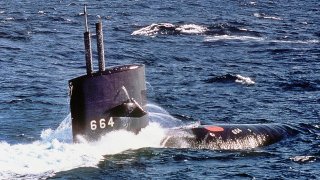Why the U.S. Navy's Sturgeon-class Submarines Dominated Everything
The Sturgeon-class submarines, developed during the Cold War, were the cornerstone of the U.S. Navy's attack sub fleet. These nuclear-powered vessels were designed as an extended and enhanced version of the Thresher/Permit class, featuring longer hulls for additional torpedoes and intelligence equipment.
Summary and Key Points: The Sturgeon-class submarines, developed during the Cold War, were the cornerstone of the U.S. Navy's attack sub fleet.
-These nuclear-powered vessels were designed as an extended and enhanced version of the Thresher/Permit class, featuring longer hulls for additional torpedoes and intelligence equipment.
-With sophisticated sonar systems and a robust arsenal, including Tomahawk and Harpoon missiles, the Sturgeons were pivotal in countering Soviet naval threats.
-Built to the rigorous safety standards of the SUBSAFE program, established after the USS Thresher disaster, 37 Sturgeon-class subs served the U.S. Navy for nearly three decades before their decommissioning, beginning with USS Sturgeon in 1994.
Sturgeon-Class: The U.S. Navy's Silent Guardians of the Cold War
During the Cold War, the Sturgeon-class submarine represented the spine of the U.S. Navy’s attack sub fleet.
Around this time, American and Soviet subs prioritized tailing each other without being detected. When the U.S. Navy incorporated nuclear power into its submarines, the Sturgeon-class was the resulting product.
Introducing the Sturgeon-class submarines:
While the Soviets focused on producing submarines capable of launching both anti-ship missiles and torpedoes, the Americans concentrated on developing ships that were fitted with weapons launched by torpedo tubes.
The Navy developed the Sturgeons as a lengthened and enhanced version of the preceding Thresher/Permit class. Each Sturgeon boat measured roughly 15-25 feet longer.
The last nine Sturgeon-class submarines were lengthened even more to allow for additional surveillance equipment and to permit the installation of dry dock shelters that deploy special operation forces. Otherwise, the ships in this class incorporate the same layout as the Thresher/Permit vessels. Engineers designed the Sturgeons with extra length so that more torpedoes could be stored in the operations compartment.
Another design difference incorporated on the Sturgeons was a longer sail, which allowed for important intelligence gathering equipment in addition to an extra periscope. Boats fitted with smaller sails had short periscopes requiring them to remain closer to the surface to use them. With a larger sail, the Sturgeon ships had a risk reduction of broaching in heavy seas.
A Westinghouse S5W pressurized-water reactor powered two steam turbines that drove a single shaft on the Sturgeon submarines. This allowed them to travel at speeds in excess of 26 knots when surfaced. In terms of sonar, the ships in this class were quite sophisticated. The original electronics suite included a BQQ-sonar suite and later a towed array, a BPS-15 surface-search radar, in addition to a Mk 117 torpedo fire control system and an underwater telephone.
In terms of armament, the Sturgeon submarines were equipped to carry the Tomahawk missile, the Harpoon missile, the UUM-44 SUBROC, the MK-48 and ADCAP torpedoes and the Mark 67 SLMM and Mark 60 CAPTOR mines.
What happened to the Thresher?
In 1963, prior to the introduction of the Sturgeons, the USS Thresher was lost during a routing testing following a maintenance period. The Navy established the Submarine Safety Program (SUBSAFE) after this incident occurred.

The new safety program sought to address issues surrounding the construction and maintenance of subs as the loss of the Thresher was never determined. The Sturgeon ships were being built during this time, and therefore received all the new standards required by SUBSAFE.
A total of 37 submarines in the Sturgeon-class were developed beginning in 1963. Multiple shipyards, including General Dynamics Electric Boat, Ingalls Shipbuilding, Portsmouth Naval Shipyard, Newport News Shipbuilding and Mare Island Naval Shipyard contributed to the construction of the Sturgeon submarines.

Following nearly three decades in service, the lead ship of the class USS Sturgeon was decommissioned in 1994, and she was dismantled at the Puget Sound Naval Shipyard in Bremerton, Washington.
About the Author: Maya Carlin
Maya Carlin, National Security Writer with The National Interest, is an analyst with the Center for Security Policy and a former Anna Sobol Levy Fellow at IDC Herzliya in Israel. She has by-lines in many publications, including The National Interest, Jerusalem Post, and Times of Israel. You can follow her on Twitter: @MayaCarlin.
All images are Creative Commons and/or Shutterstock.


